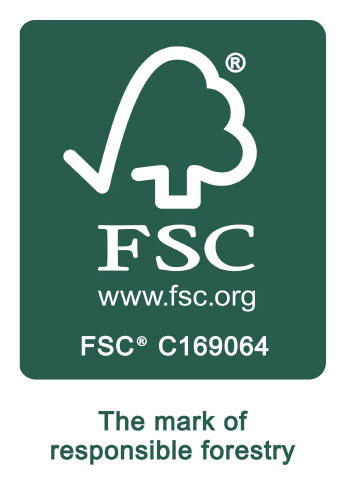This year marks the 20th anniversary of Recycling Week. That’s two decades of raising awareness of the benefits of avoiding waste to landfill. You would think that two decades of education would make us all recycling experts, yet it isn’t always straightforward. Bin it or recycle it, that is the question.
Bin it or Recycle it?
The vast majority of households and businesses are keen to recycle. We know there are environmental benefits to recycling. Therefore, we are happy to divide our waste into different bins and lower our environmental impact.
At home, you may have a compost bin for uncooked food waste and a recycling bin for cardboard, paper, glass, cans and hard plastics. In addition, you may drop used batteries, soft plastics, coat hangers and textiles at collection points in supermarkets or recycling centres.
At work, different bins help us to separate paper and cardboard, metals and wood. Your employer might have WEEE waste bins or collect items like toner cartridges for recycling. Even in public places, we are used to diving recyclable and general waste. So, why is it necessary to promote Recycling Week?
The issue is that what we recycle depends on the material, information on packaging labels and where we live. Some plastics are recyclable, whilst others aren’t. Takeaway cups may be made from cardboard, but a coating may render them unsuitable for processing. Equally, what might be widely recycled in one area of the country is not in another.
Recycle More Often
The aim of Recycling Week 2023 is to encourage us all to recycle more of the right things, more often. To achieve this, we need:
- Clear labels on packaging
- Education on what can and can’t be recycled
- Knowledge of how recycling makes a difference
- Accessible recycling including bins, collection points and recycling centres
Clear Labels on Packaging
It would be easier if there was one symbol, used on packaging labels, that informed us whether the packaging was recyclable, or not. However, there are many different recycling symbols and this is confusing.
To give an example, the ‘green dot’ with light and dark green intertwining arrows indicates that the producer has made a financial contribution to European recycling facilities. It has nothing to do with whether the packaging is recyclable or not. However, many people would see this and believe it meant widely recycled. So, we invite retailer and manufacturers to make it easier by:
- Minimise packaging
- Stick to a single packaging material where possible
- Find alternatives to plastic
- Provide clarity with information on printed packaging
What Can or Can’t Be Recycled?
Due to uncertainty, many recyclable items are binned. Known as ‘missed capture’ these are the focus of the 2023 Recycling Week Campaign. Common items that fall into this category are toiletries bottles, food tins and plastic pots.
If plastic packaging has the following symbols, they are widely recycled:
- PET (drinks bottles)
- HDPE (milk cartons)
- PP (plastic tubs and trays)
However, whilst shampoo and hand soap bottles can usually be recycled, pump lids cannot.
Does Recycling Make a Difference?
Producing new products from recycled materials requires less energy and reduces our reliance on finite sources of raw materials. By reducing energy and raw materials, we reduce environmental and financial costs.
- Creating an aluminium can from recycled aluminium takes just 5% of the energy used to make it from scratch.
- Corrugated cardboard boxes are manufactured from at least 70% recycled fibres, considerably reducing the number of trees that are felled to meet shipping requirements.
- Cardboard and aluminium recycling facilities in the UK can turn old into new within weeks.
In addition, landfill sites are destructive to local habitats and emit greenhouse gases. By increasing what we send for recycling, we reduce what heads to landfill.
Local Recycling Points
What is widely recycled varies, depending on the facilities available in your area.
The Recycle Now, Recycling Locator provides information about what can and can’t be recycled in your area. As a result, you can learn what facilities are available where you live or work.
Take Action this Recycling Week
Binning our rubbish is better than littering, but better still is to recycle it. That’s because the reuse of materials lowers environmental and financial costs. However, clear information is needed to encourage everyone to take action.
If your retail or e-commerce packaging is recyclable, are you providing clear information on your packaging? Consider improvements that you could make to reduce waste and encourage more people to dispose of it in the right bin. Take action this Recycling Week and make a difference!
